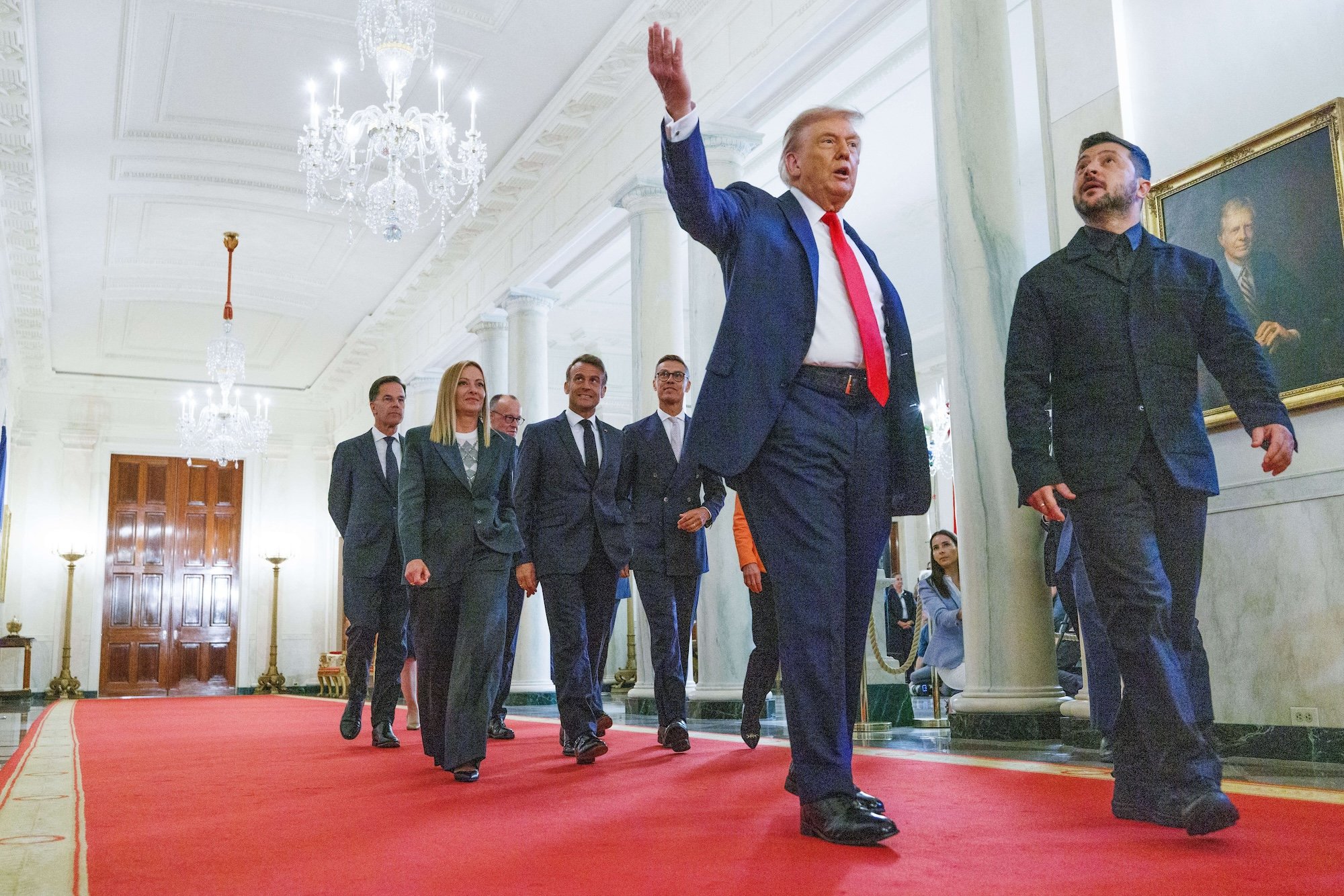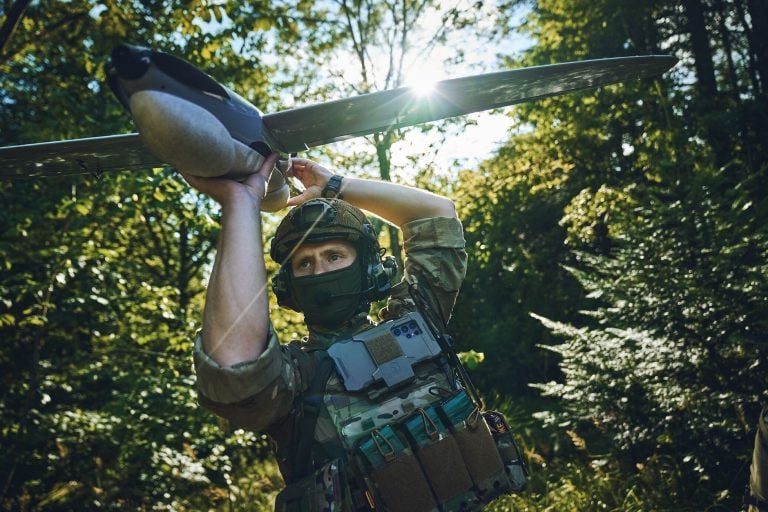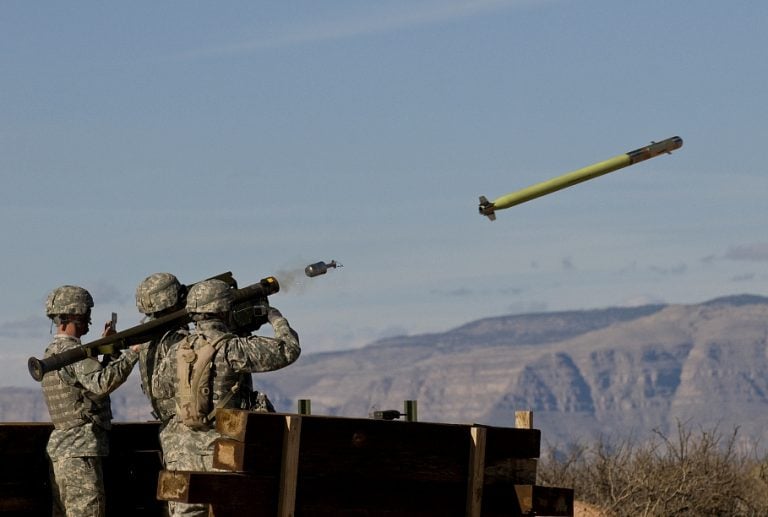In a recent telephone interview, Donald Trump outlined a two-week timeline to evaluate the potential for peace talks between Russia and Ukraine. This announcement comes amidst his intensified efforts to negotiate an end to the ongoing conflict. Trump expressed optimism, stating, “I would say within two weeks we’re going to know one way or the other.” He indicated that a clearer direction would emerge by then, hinting at a possible change in strategy if necessary.
This statement follows a series of high-stakes diplomatic meetings, including a summit with Russian President Vladimir Putin in Alaska. Despite the anticipation surrounding this meeting, it failed to yield any significant agreements, and Trump notably abandoned his push for a preliminary ceasefire.
Earlier in the week, Trump engaged in discussions with Ukrainian President Volodymyr Zelensky and several European allies at the White House. These conversations briefly raised hopes for a possible direct meeting between Putin and Zelensky, suggesting both leaders were initially receptive to negotiating a settlement. However, Zelensky voiced concerns on Thursday, accusing Russia of evading the need for direct talks and expressing skepticism about its willingness to conclude the war.
On the other hand, the Russian government claimed that Ukraine lacks interest in a sustainable peace, alleging that Kyiv’s demands for security guarantees are fundamentally at odds with Moscow’s position.
Trump’s approach to setting a two-week deadline isn’t new; he has previously employed similar timelines to assess the situation regarding Ukraine and other geopolitical matters. For example, in late May, he announced he would review Putin’s commitment to a peace deal within a similar two-week framework, warning of a “different” response if he found the Russian leader insincere. This pattern of issuing deadlines highlights the complexities and challenges surrounding efforts to mediate peace in the region.

















